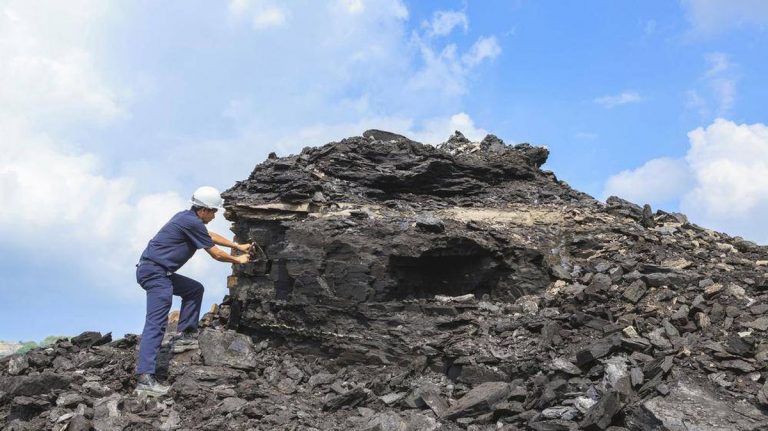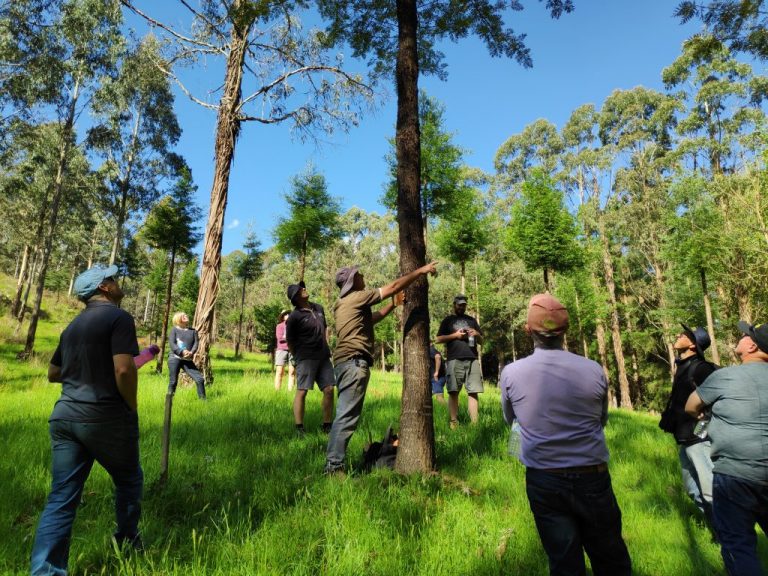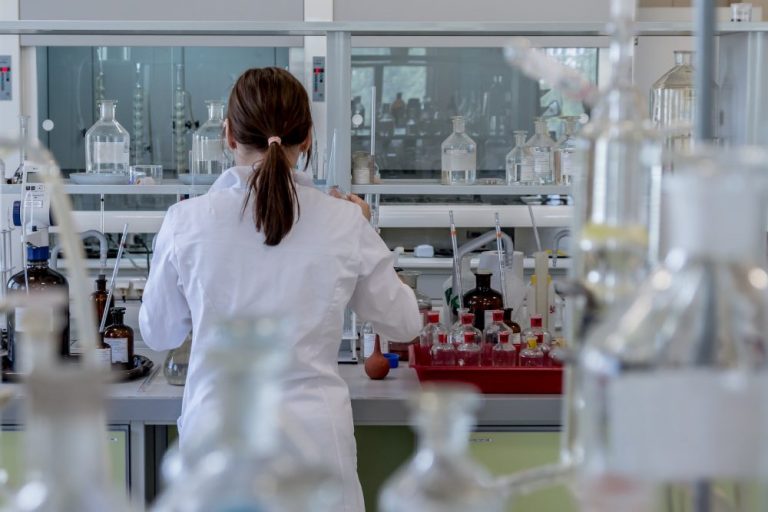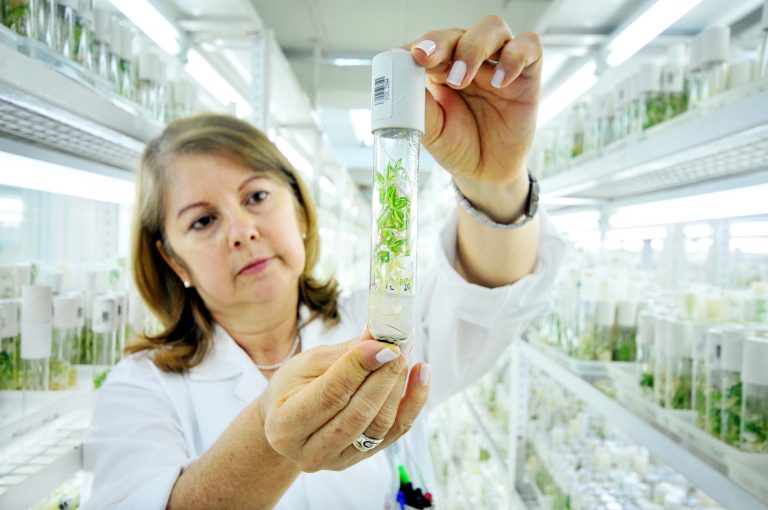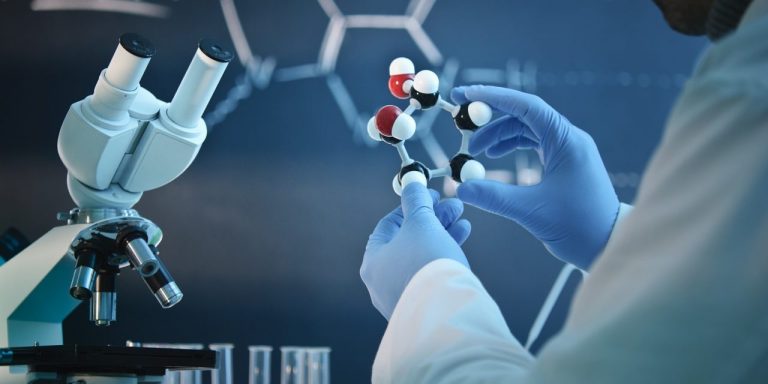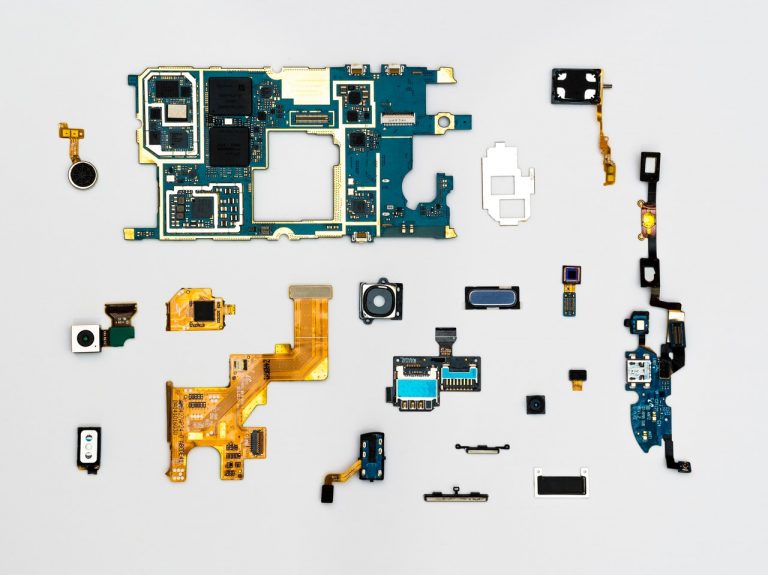A data scientist is someone who collects and analyzes data to draw conclusions. They do this by many methods. They can display the data in a graphical way, also known as “viewing the data.” This helps a user search for simple trends that are not apparent if the information is presented in hard numbers on a table.
Data scientists also create advanced algorithms to identify trends and convert data into something useful for a business or organization. Data science is the discipline of looking for meaning in mass data volumes. As such, extensive knowledge of math is needed for this position.
In many of the world’s most fast-expanding industries, data science is one of the most marketable competencies. In the decade between 2016 and 2026, the Bureau of Labor Statistics (BLS) forecasts a 19% increase in economic growth for data science. This percentage is far beyond the rosiest predictions for the labor market as a whole. BLS promises it to be particularly influential in the future for those with backgrounds in genetics, finance, and computer science.
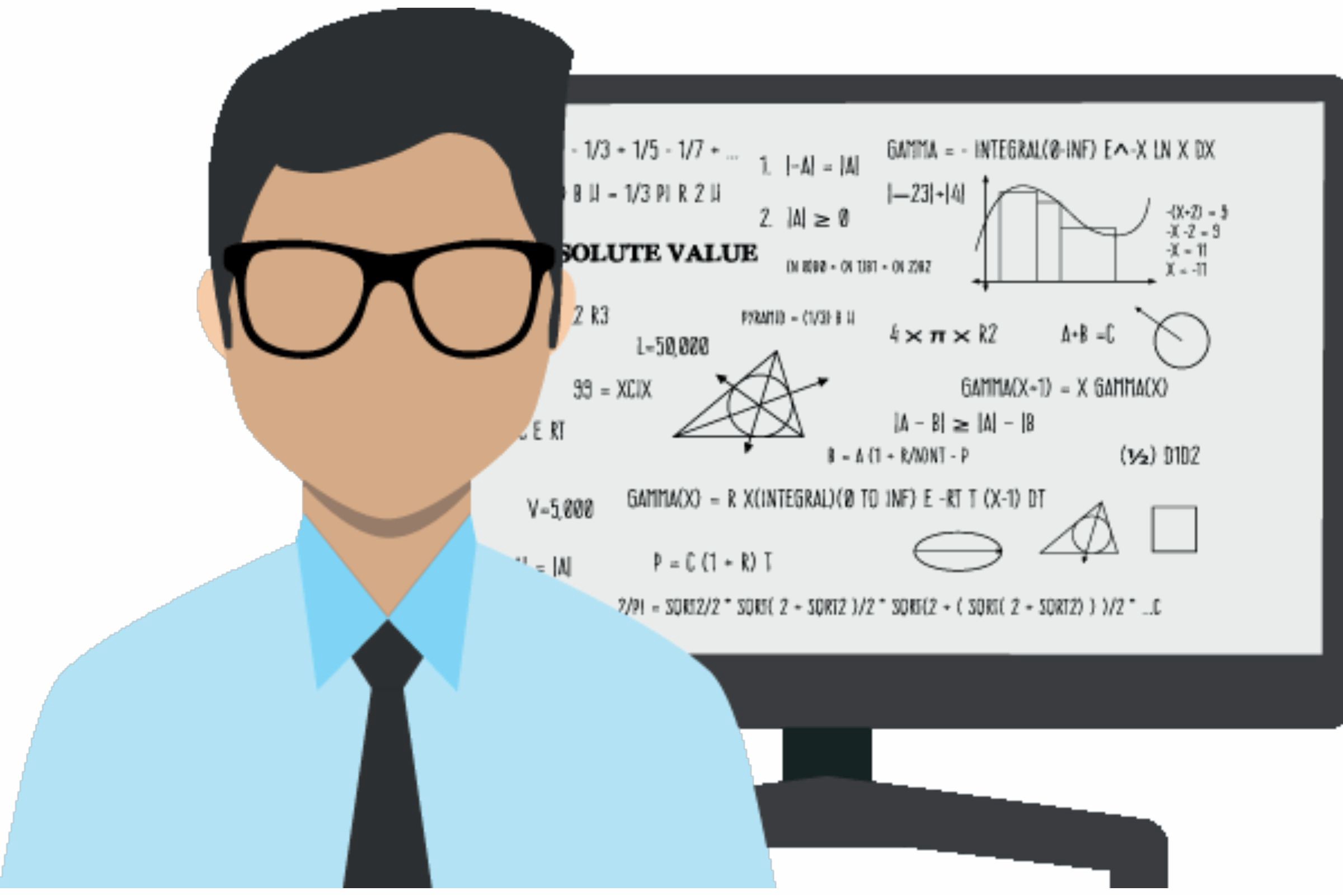
Education and Training to Become a Data Scientist
To become a data scientist, you typically need a strong foundation in mathematics, statistics, and computer science. This foundation is often built through a combination of formal education and practical experience.
Most data scientists hold at least a bachelor’s degree in a relevant field such as computer science, statistics, mathematics, or engineering. However, due to the complex nature of the role, many employers prefer candidates with a master’s or doctoral degree. These advanced degrees offer more in-depth knowledge and specialized skills in areas like machine learning, data mining, and big data analytics.
In addition to formal education, practical experience is crucial. This can be gained through internships, work experience, or personal projects that involve data analysis and modeling. Knowledge of programming languages such as Python or R, and experience with data visualization tools and databases, are also important.
While certifications are not mandatory, they can demonstrate expertise in specific areas and enhance a candidate’s appeal to employers. Certifications can be obtained in areas like machine learning, big data technologies, and statistical analysis.
Data Science vs. Statistics: What Is the Difference?
Don’t mistake data science with statistics. While these two areas incorporate similar abilities and share common goals, they are distinct in one specific way. The new field of data science is based heavily on the use of computers and technology. It accesses full database records, uses software to manipulate data, and digitally visualizes numbers.
The majority of the statistical analysis relies on well-established theories and focuses more on the testing of hypotheses. This discipline has changed little over the last 100 years or more from a broad point of view, while data science has progressed together with the rise of the computer.
Average Salary of a Data Scientist
A lot of information determines that data science has emerged as “the most effective job in the United States” as of 2018.
Based on the information from Glassdoor, the average annual base salary for a Data Scientist is $120,931. Additionally, there is an average of $11,772 in extra compensation, which can include bonuses, profit sharing, or other financial benefits.
When you add the base salary and the additional compensation, the total average annual salary for a Data Scientist would be approximately $132,703.
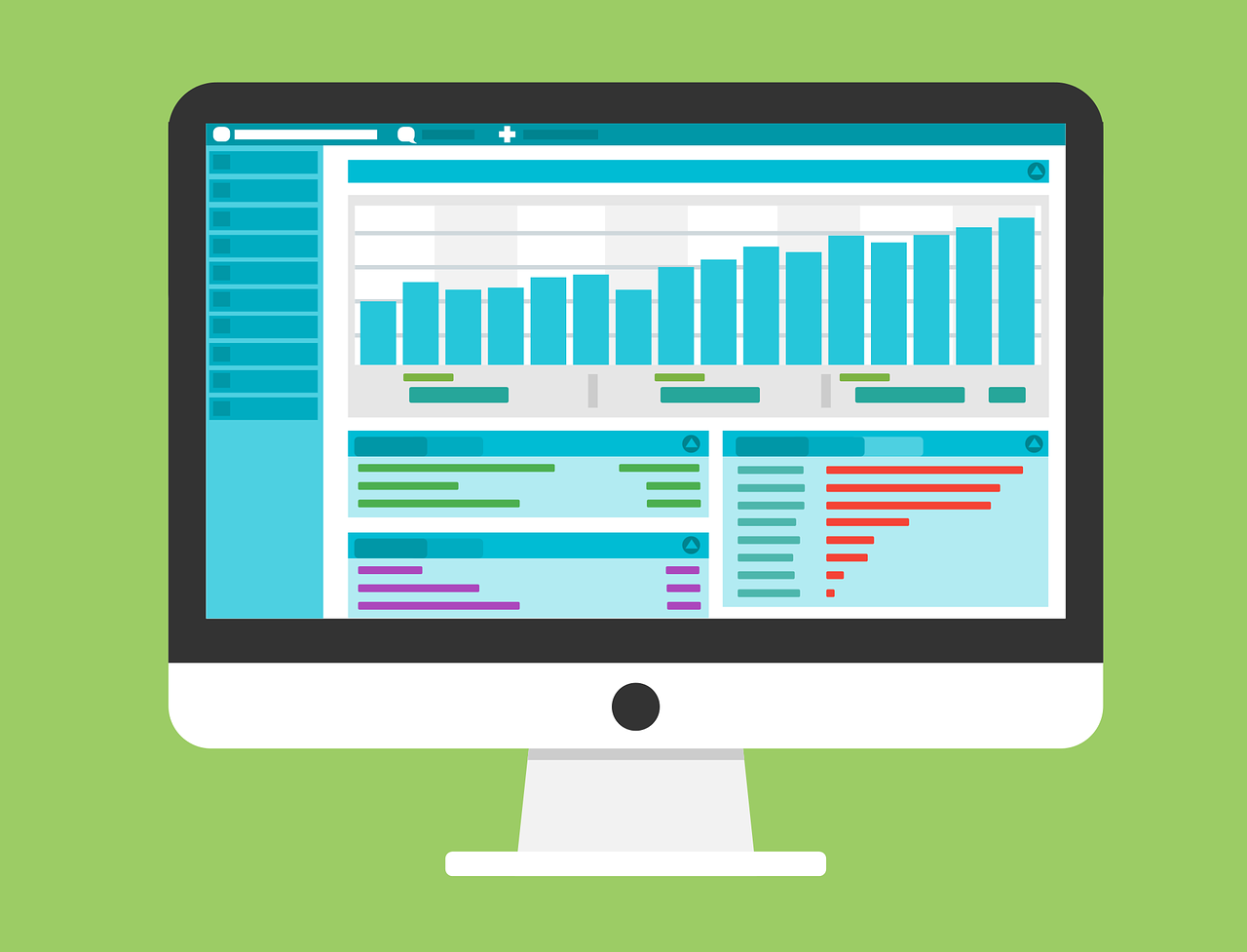
Conclusion
Data science is a specialty, and networks, job boards, and career platforms for recruitment are only accessible to them and companies that need their expertise. In case you have a head for numbers and are great with technology, this could be a great profession for you. For more scientist-related jobs, click here.
Also read – How To Become A Science Tutor


